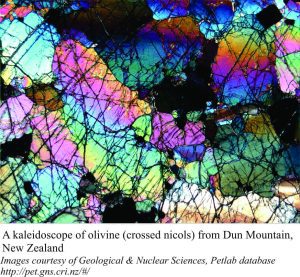What do you think of this analogy; sandstone, and a pile of garbage? I jest, of course. Garbage is no laughing matter – it has become a defining environmental issue of global import. Sandstones too are not to be sneered at.
Your pile of refuse will consist of the flotsam and jetsam of a lifestyle – things you no longer need or want, things acquired over time from any number of localities, some of which may be very far away. Garbage anthropology is a thing. Enlightened folk examine piles of old rubbish because they provide data that allows them to decipher lifestyles and cultural norms.
Sandstone is a sedimentary rock made up of a collection of grains; these too accumulated over time and could have been derived from sources close by or very far afield. Grains of sand Continue reading



